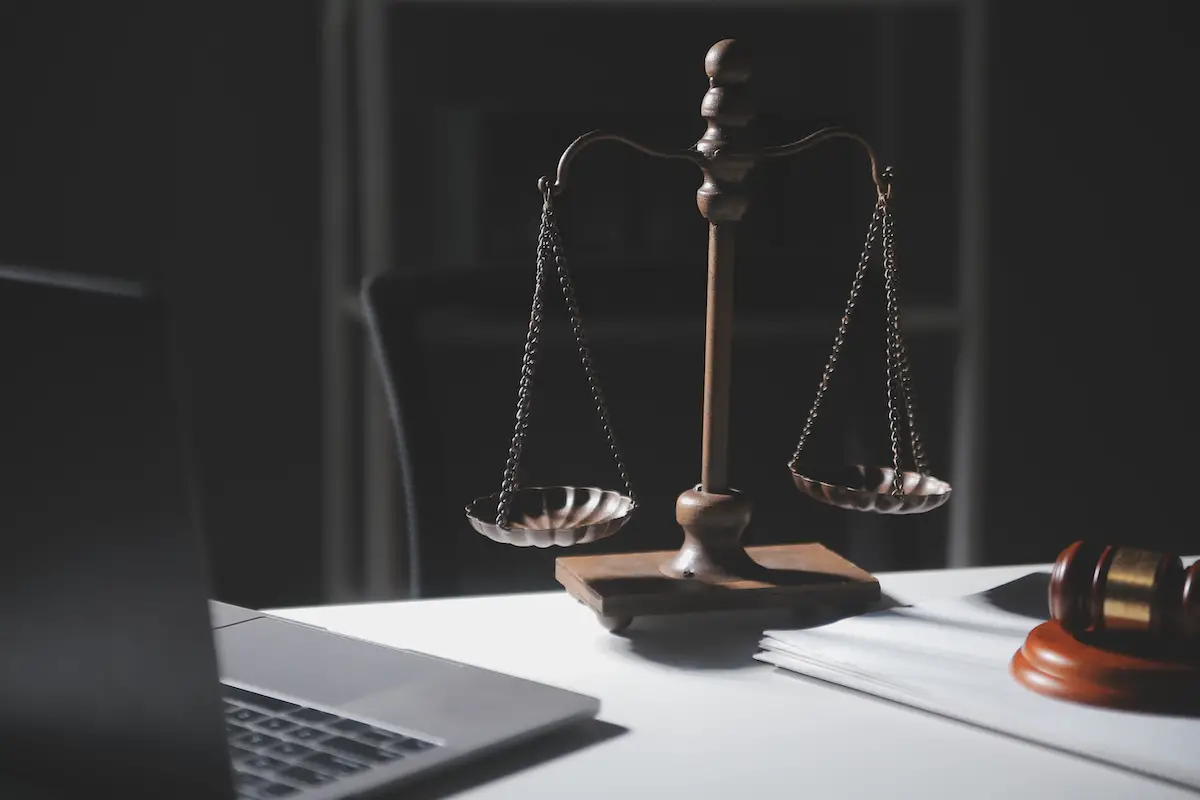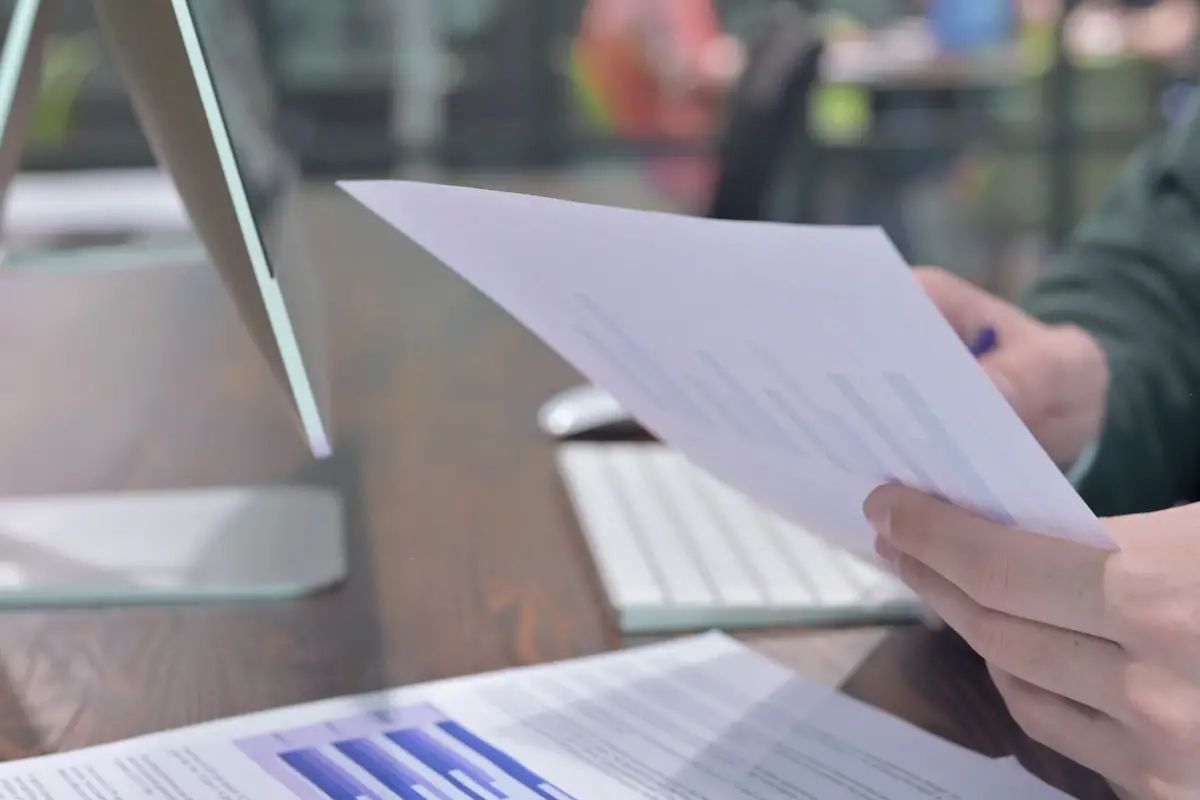
08 Dec The Challenges of Remote Depositions
What Are the Challenges of Remote Depositions?
In the ever-evolving arena of legal proceedings, the advent of remote depositions has been a revolutionary change met with both significant adaptability and noteworthy challenges. Our digital era offers remarkable tools that reimagine the conventional dynamics related to depositions, ushering in a new paradigm that, whilst fascinating, also poses several substantial obstacles. The degree of information accessibility, coupled with the flexibility of geography and time, comes at the expense of a few complex contingencies. This discourse seeks to shed light on the technological aspects, human factors, legal intricacies, and workflow adjustments of remote depositions, to elucidate the challenges inherent in these novel ways of conducting legal proceedings. A deep dive into these themes will not only broaden our understanding but also provide us with prudent measures to mitigate these challenges.
The Technological Aspect in Remote Depositions
Remote depositions, an evolving practice in the field of law, have become increasingly important in the digital age. Harnessing the capabilities of modern technology, they allow for the execution of legal depositions without all parties being physically present. While the technology-related advantages are vast, ranging from cost-saving to increasing justice accessibility, they also present unique challenges. This article will delve into the key technology-related hurdles of remote depositions.
One of the primary difficulties pertains to guaranteeing secure and stable internet connections. Although a seemingly rudimentary requirement, not all participants may have adequate internet infrastructure, particularly in rural or remote regions where broadband infrastructure may be severely lacking. This opens up the risk of connection loss, latency issues, and an overall degradation of deposition quality, which can negatively impact the fair representation and delivery of testimonies.
In line with connection issues, access to advanced technological devices also emerges as another formidable challenge. While a basic smartphone could ostensibly be used for a remote deposition, the smaller screen sizes leave much to be desired when it comes to discerning facial expressions and body language. These non-verbal cues are integral for attorneys to assess the credibility of witnesses, further emphasizing the importance of suitable hardware.
Another significant challenge is to effectively manage exhibits in a virtual environment. In a traditional deposition setting, physical evidence can be presented, scrutinized, and passed between all parties. In a remote deposition, this process is complicated by the need for a reliable and intuitive digital toolset to allow for seamless sharing, annotation, and reference of exhibits. Finding a flexible solution that is compatible with all devices used by participants is a persistent issue.
Security and privacy considerations also present a prominent hurdle in remote depositions. While the internet abounds with possibilities, it is unfortunately also rife with vulnerabilities. Ensuring transmission of sensitive legal details and materials securely is paramount. Concerns include unauthorized access, data breaches, and even the potential for such data to be sold or misused. Additional security measures are, therefore, a necessity, adding another layer of complexity to the technology setup.
Lastly, the human element of adaptation to new virtual platforms cannot be disregarded. The comfort levels of participants utilizing technology widely vary, and usability issues can detract from the deposition process. Training and familiarization with digital tools, therefore, appear as a significant concern requiring attention.
Indeed, while remote depositions afford numerous conveniences, these aforementioned technology-related challenges necessitate ongoing exploration and effort in pursuit of optimizing their efficacy. Justice in the digital space is still a young frontier, a fascinating arena where law entwines with technology, demanding our practical and intellectual engagement in equal measures.
The Human Factor in Remote Depositions
The impact of the absence of physical presence during the transition to remote depositions is multilayered, necessitating careful consideration of various factors to maintain an effective and egalitarian legal proceeding. The crucial responsibility of assessing credibility and reliability in witnesses’ testimonies is amplified under remote conditions, due to the lack of face-to-face, or in-person, interaction.
Remote depositions require heightened vigilance for momentary disruptions in audio and visual feeds that could lead to misunderstandings or misinterpretations of testimonies. This necessitates the establishment of clear protocols to manage interruptions effectively without causing prejudice to the proceedings.
Additionally, the loss of face-to-face interaction can contribute to potential distortions in the perception of a witness’s demeanor, which influences the subsequent assessment of credibility. This can be challenging to overcome, particularly in the absence or reduction of non-verbal signals or cues that usually supplement verbal testimonies in an in-person deposition.
Demonstrative evidence, especially, encounters specific challenges in the remote setup. High-definition video conferencing software is not yet capable of capturing fine details in physical evidence and exhibits, occasionally resulting in insufficient, or less effective, presentation.
Moreover, a witness’s environmental distractions that the court or opposing counsel cannot control or even perceive may crop up within remote depositions. This includes any potentially influencing individuals who may be in the room or within proximity, outside the framing of the camera, and the consequential risk of coach-and-cue scenarios influencing testimonies.
The absence of direct, face-to-face interaction similarly impacts attorney-to-client communication during remote depositions. Without the ability to privately confer in real-time, off-camera, this might result in crucial interruptions or even objections during testimonies.
These challenges necessitate a certain degree of alteration in the approach adopted while conducting remote depositions, ensuring full justice and opportunity for fair representation. This is likely to entail constant refining of practices and procedures, guidelines defining permissible and non-permissible actions, reinforcement of the duty of candor, and increased intervention by neutral court reporters or officiators to maintain the integrity of the proceedings.
The transition to remote depositions in the legal industry, due to practical constraints, might be a necessary trade-off between traditional values and current necessities. It serves as a powerful testament to the legal community’s adaptability in the face of unprecedented changes and its unwavering commitment to upholding the principles of justice and fairness.
Legal Ramifications and Courtroom Procedures
Furthering our exploration of the complexities surrounding remote depositions, one must delve into the legal and procedural uncertainties that make this subject a veritable quagmire. These pertain to a series of pivotal issues inherent in their very design, and which potentially impact the execution of justice to great extents.
Among the many concerns infusing legal ambiguities is the lack of physical presence. This has a tangible bearing on the flow and control of the deposition, converting it from an intimate face-to-face conversation into a digital exchange that may lead to miscommunication or missed nuances. Such nuances, having potential legal implications, call for a deeply refined mode of operation coupled with detailed and comprehensive regulations to ensure a fair and legitimate process.
When analyzing the reception and processing of the witness’s testimony, the absence of direct contact necessitates amplified responsibility in assessing credibility under remote conditions. Flashy technology, while facilitating, may somewhat mute or filter the subtleties in witnesses’ behavior, exerting an indirect impact on the interpretation and reception of their testimonies. Monitoring minor disruptions in audio and visual feeds, and reading body language or emotional nuances on a screen, become critical in this virtual arena.
Turning to demonstrative evidence presentation, a new paradigm needs to be adopted in the remote setting. This can present a host of challenges given that the presentation’s effectiveness is often contingent on the witness’ immediate proximity to such evidence. The implied dangers include the potential for misinterpretation or improper handling of evidence, exacerbating the need for precise procedure modifications to safeguard fairness.
Also worth considering are the unexpected environmental distractions that can emerge in a remote deposition setting. The physical environment in which the deposition is taking place, beyond the direct control of legal administrators, potentially harbors influences that could indirectly sway the testimony. This may elevate the risks of unfair influence and obscure proceedings thereby necessitating requisite countermeasures.
Arguably, one of the most sensitive areas affected by the shift to remote depositions is attorney-client communication. A lack of direct contact may hinder clear, confidential interaction, potentially impairing the attorney’s ability to adequately represent the client’s interests. Hence, unprecedented creativity becomes a necessity to overcome barriers and preserve the sacred attorney-client privilege.
In light of these challenges, acknowledgments should be given to the commendable adaptability displayed by the legal community, which is constantly refining its practices. Rising to meet these multifaceted challenges requires an unprecedented reconfiguration of traditional tools, mechanisms, and tactics. This delicate dance between preserving the essence of traditional values and adapting to dire necessities displays not just survival instincts but also the resilient spirit of advancing justice.
In summary, navigating the uncertainties and challenges posed by remote depositions demands an ongoing process of exploration, innovation, and refinement. As the legal community grapples with these new issues, our collective aim must remain focused on upholding the principles of justice and fairness in this increasingly digital world.

Workflow Adjustments for Remote Depositions
In the era of remote depositions, the modification to workflows and processes has been comprehensive and multifaceted. Stepping beyond the metes and bounds of technology and adaptive strategies that have already been discussed, there remains a vast landscape of alterations to peruse. The following key areas of change resonate aptly with the transforming framework of the legal world.
The crux of the litigation process lies in producing accurate, credible testimonies in depositions. Stripped of face-to-face interaction, the role of technology amidst shifting dynamics becomes pivotal. The legal community has resorted to virtual court reporting and stenography services, ensuring comprehensive, verbatim records of the deposition. These tech-reliant services act as second eyes and ears for the attorneys, bridging the equity gap introduced by the physical divide.
Then comes the meticulous process of timing, a critical element in remote depositions. Questions and answers are condensed into distinct cues to facilitate comprehension, even with technological lag. Additionally, real-time communication softwares are harnessed to eliminate the unproductive cycles of repetition. These adjustments ensure that depositions retain their natural flow and authenticity, significantly reducing the margin for error.
Remote depositions have also necessitated the quantifiable definition of a “sound environment.” The attributes of this ideal environment range from suitable lighting and muted household noises, to stationary camera positions and legible positioning of the deponent. Detailed and strict guidelines now dictate these aspects to guarantee cooperation and clarity in virtual legal proceedings.
Moreover, the rules of decorum within a traditional deposition room are transposed to the digital space. The virtual room requires similar respect and formality, efficiently activated through visual aids like a digital “raised hand” for orderly dialogue, muted microphones during listen-only moments, and the conscious avoidance of interruptions.
Technological glitches, a seemingly unavoidable aspect of a digital platform, have necessitated the inclusion of procedural protocols specific to these mishaps. Be it dropped calls, freezing screens, or disrupted visuals, procedural steps are in place to manage these events, ensuring that they don’t compromise the integrity of the deposition.
Remote depositions have given rise to a new sub-segment of legal proceedings – Digital Deposition Officers (DDOs). Entrusted with the task of managing the depo technologies, facilitating the smooth flow of the session, and troubleshooting issues, the DDOs represent another evolutionary leap in the era of remote depositions.
Intrinsic to the human factor in this new scenario is the psychological comfort of the deponent. Ensuring this comfort has become paramount, owing to a drastic change in the deposition setting. Integrating the human touch, albeit virtually, through activities like pre-deposition meet-ups and familiarization rounds has become commonplace.
Lastly, the continuous realignment of strategic approach has been necessitated as the legal community grapples with the enigmatic territory of remote depositions. This has brought about an unprecedented surge in continuing legal education webinars, aiming to empower attorneys with success strategies for digital depositions.
Evidently, the paradigm shift to remote depositions has dictated a comprehensive reframing of workflows and processes within the legal arena. The tangible and considerable modifications further underline the dynamism and resilience of the legal fraternity amidst the waves of change sweeping across the globe.
Conclusion
Having traversed the landscape of remote depositions in detail, the intertwining threads of technological limitations, human elements, legal conundrums, and workflow adaptations become undeniably apparent. These elements, each with their own set of challenges and solutions, weave together the fabric of this new norm in legal proceedings. By harnessing and integrating the presented solutions, we can ably tackle these impediments, thus bolstering the efficacy of remote depositions. While the transition remains a work in progress, with vigilance, creativity, and adaptability, there’s optimism for a seamless future in this domain. The discourse ends here, leaving you, the reader, empowered with new insights and a deeper appreciation of the complexity and potential within remote depositions.





